Help placing shrubs in a border?
prairiemoon2 z6b MA
17 years ago
Related Stories
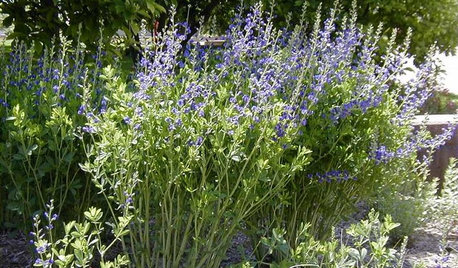
GARDENING GUIDES5 Great Plants for Borders and Screens
Get the effects of a shrub but in less time — and drawing more winged pollinators — with these herbaceous perennials
Full Story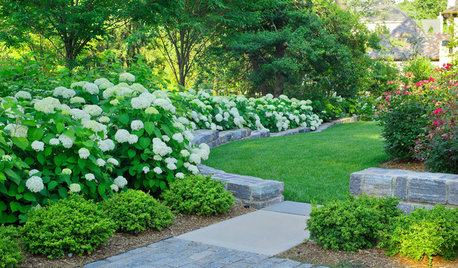
FLOWERS AND PLANTSHydrangea Arborescens Illuminates Garden Borders and Paths
This long-blooming eastern North American native shrub finds a home in landscapes around the world
Full Story
CONTAINER GARDENSSolve Your Garden Border Dilemmas With Planted Pots
Set your containers free from the patio — placed among plantings in the ground, they fill unsightly gaps, let you experiment and more
Full Story
GARDENING GUIDES8 Native Shrubs for Year-Round Bird Feeding
It’s not just about berries. These plants provide insects for birds and seasonal interest for gardeners
Full Story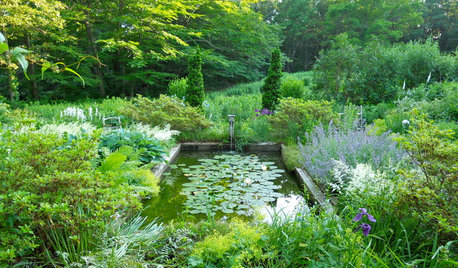
PLANTING IDEAS5 Reasons to Bring Shrubs Into the Flower Garden
Mix up the garden experience and let the flowers and shrubs play together
Full Story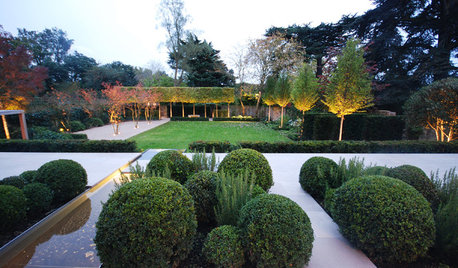
GARDENING GUIDES7 Ways to Rethink the Shrub
These versatile plants can do more than frame your home’s foundation or line an entry walk
Full Story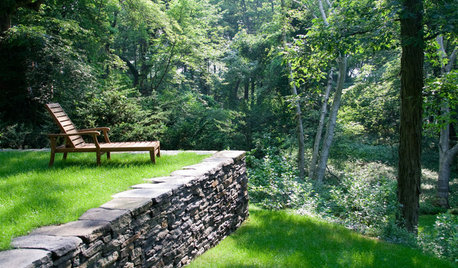
LANDSCAPE DESIGNWhat the Heck Is a Ha-Ha, and How Can It Help Your Garden?
Take cues from a historical garden feature to create security and borders without compromising a view
Full Story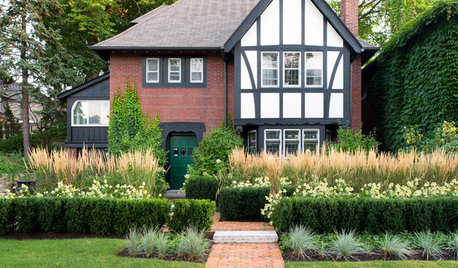
LANDSCAPE DESIGNHow Low Can Hedges Go? Discover Unusual Garden Borders
Short enough to step over, high enough to be a stretch ... check out these radically different hedge styles and tell us your opinion
Full Story
PETS6 Ways to Help Your Dog and Landscape Play Nicely Together
Keep your prized plantings intact and your dog happy too, with this wisdom from an expert gardener and dog guardian
Full Story




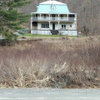
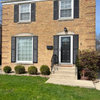
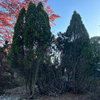

Embothrium
gardengal48 (PNW Z8/9)
Related Discussions
Designing loose shrub border along fence
Q
Planting a new shrub/perennial border, please help
Q
Help with shrub border
Q
Please, help ID this VERY common border shrub:
Q
prairiemoon2 z6b MAOriginal Author
elaine_mi
prairiemoon2 z6b MAOriginal Author
elaine_mi
laag
prairiemoon2 z6b MAOriginal Author
prairiemoon2 z6b MAOriginal Author
gardengal48 (PNW Z8/9)
karinl
mad_gallica (z5 Eastern NY)
rusty_blackhaw
karinl
prairiemoon2 z6b MAOriginal Author
prairiemoon2 z6b MAOriginal Author
elaine_mi
Embothrium
karinl
karinl
mad_gallica (z5 Eastern NY)
inkognito
prairiemoon2 z6b MAOriginal Author
inkognito
prairiemoon2 z6b MAOriginal Author
Embothrium
inkognito
karinl
inkognito
prairiemoon2 z6b MAOriginal Author
wellspring
gardengal48 (PNW Z8/9)
prairiemoon2 z6b MAOriginal Author